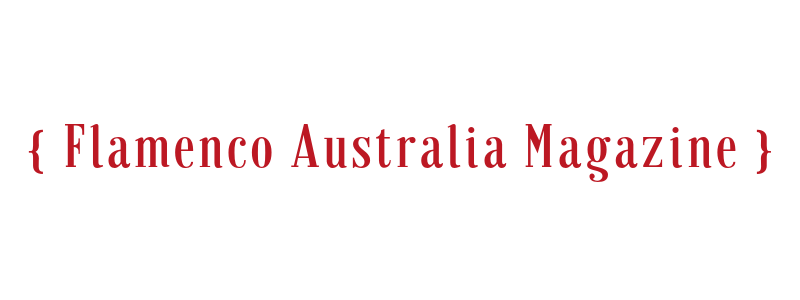Dilution and Duende - Part 1
An insight into a conservatorium students outlook on “flamenco puro”
Editors Note:Sydney flamenco guitarist, Will Anderson originally submitted this article as one 1600 word document. When the copy landed on my desk for approval and scheduling I decide immediately (based on excellence) that we should 'stop the press' and devote the next few days to releasing his article three subsequent parts.
Will Henderson Flamenco Guitar
Ever since first picking up the guitar, I have been captivated and influenced by the passion and fire of “
The Spanish Sound
”. I had my first Flamenco lesson in 2007, and since this have been absorbing as much music and artistic culture as possible.The Ideas of “
Dilution
” and “
Duende
” are very interesting for me, as I have found that as I come from a broad musical background, I see these concepts from a very different angle to what is written about them in essays and reports.Today I will discuss in detail the outlines, connections and my understanding of these aspects, giving an insight into a conservatorium students outlook on “flamenco puro”.“
Flamenco puro
” refers to the most traditional forms of flamenco, tracing its path back to the “gitanos”- gypsies of southern Andalusia. Like every art form it has evolved and grown outwards embracing the influences of countless cultures and environments manipulations. This has happened since its birth at the end of the 18th century.
“Cante” flamenco
was a way of life for gypsies, it captured their despair and suffering (as conditions were fairly miserable) and was (and still is) a very oral tradition. Steadily, a growing number of song forms and styles became recognised as traditional, exhibiting specific characteristics such as structural, chordal, rhythmical and emotional traits.[ad name="googleadt"]Some examples of these “Cante jondo y grande” that I am familiar with and will further explain include; “solea”, “bulerias” and “malaguena”.
“Solea” is a very emotional compass, centred around the despair of love. Its chordal structure is based around E major, commonly utilising the progression of E,C,F7,E and is in a cycle of 12 beats with steady on beat rhythms.
“Bulerias” is more rhythmic/dance oriented. Its 12 beat pattern has an interesting Hemiola of 6/8 and 3/4 and is commonly started on the 12th beat (with accents on the 12,3,6,8 and 10). In modern Flamenco the accent on the 6th is usually moved to the 7th and there is lots of intense rhythmical substitutions and subdivisions. The chordal structure of the main compass centres around the shapes of A,B7 and C9.
“Malaguena” is a very well known form, often utilising the “rhumba” rhythm (4/4). Its Chordal structure oscillates between E and a minor and the main melody sounds- “1,M3,P5,1,M3,P5,P4,m6,P5,P4,m3,M2”.This early era is often called “la Edad de Oro” (The Golden Age), as this was when Flamenco is said to be at its purest and untainted.The next part of Will's article has been scheduled for tomorrow.... Dilution and Duende - Part 2

